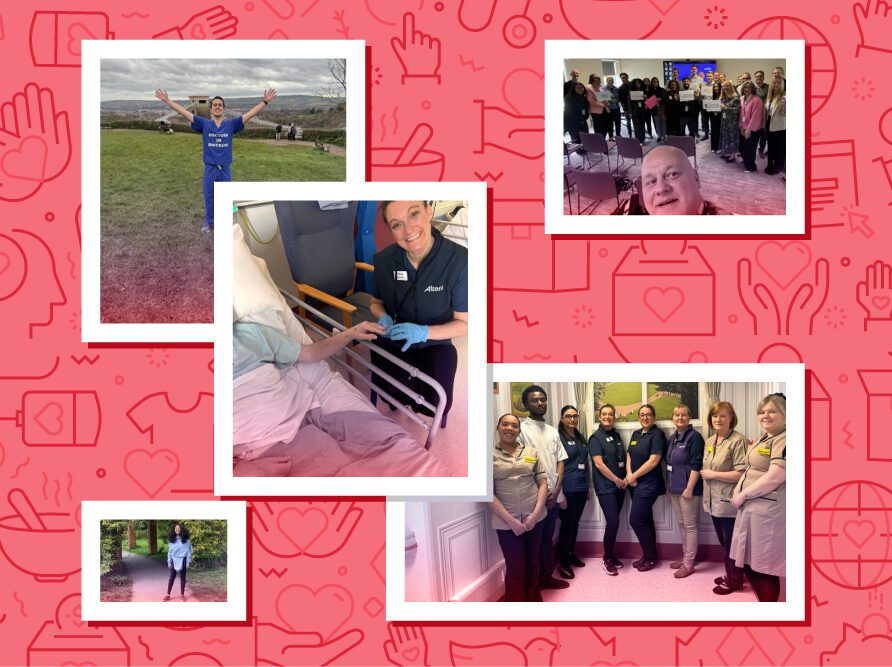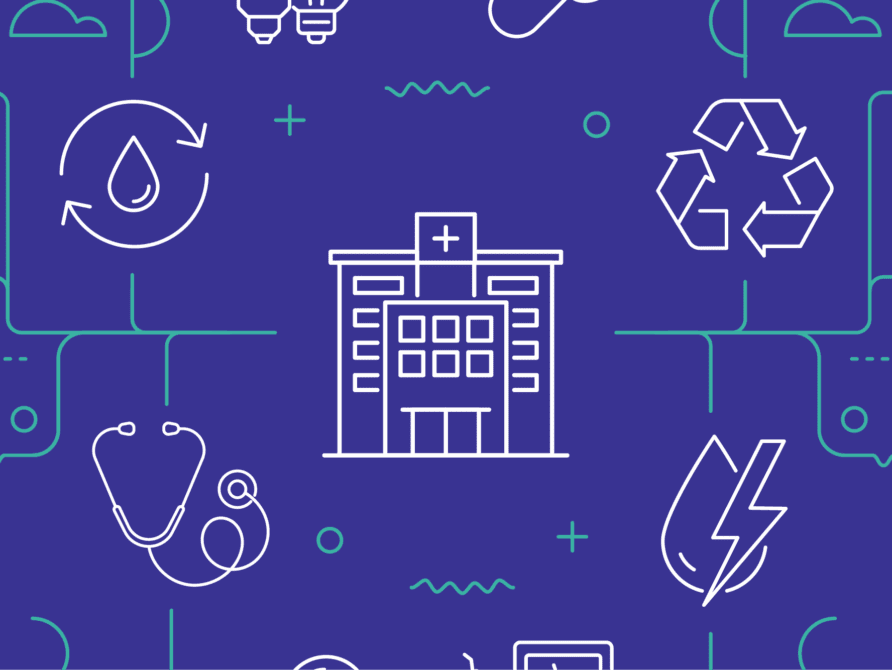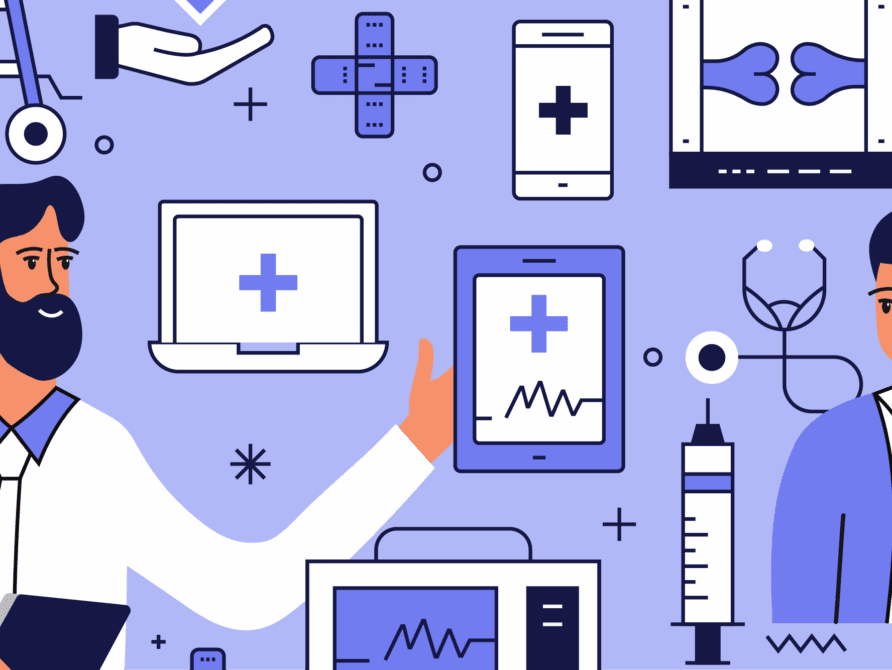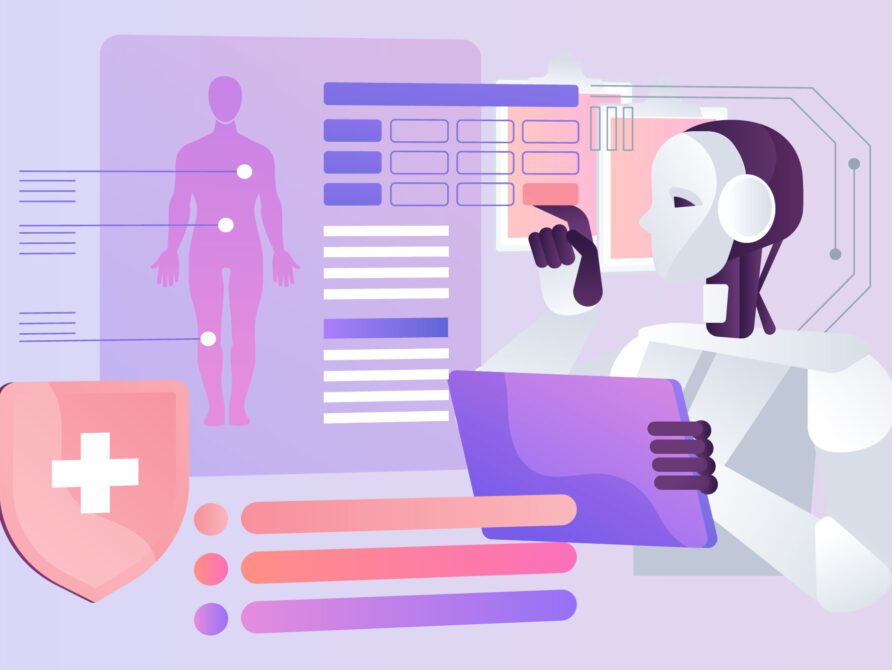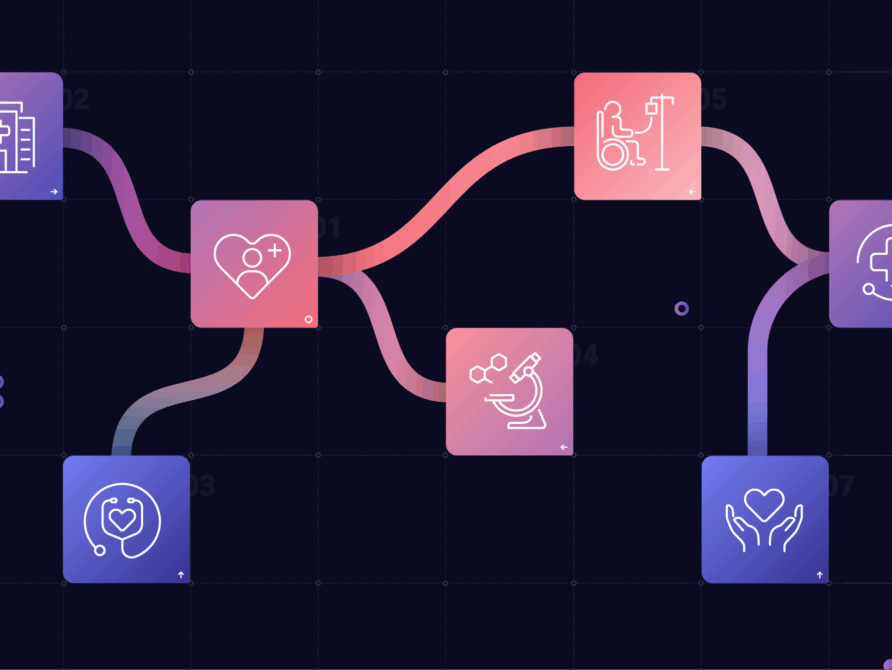Article
The keys to unlocking the power of AI for nurses
Documentation may not always be the first thing you think of when you think of nursing, but, along with nearly every other facet of the healthcare ecosystem, it’s a crucial piece of care delivery. As a nurse myself, I have become familiar with how documentation serves as both a clinical and legal record, essential for continuity of care and interdisciplinary communication. However, the burden of documentation is also a leading contributor to clinician burnout. With the advent of AI-driven solutions, we can begin to reimagine the way clinicians—specifically nurses—document and engage with patient information. By automating routine tasks, supporting decision-making and ensuring real-time data accuracy, AI improves documentation while also redefining the nurse’s role in delivering timely and personalized care. Let’s take a look at a few ways AI technologies can help nurses do their jobs more efficiently.
AI in clinical decision support and nursing diagnosis
One of the most transformative aspects of AI in nursing documentation is its ability to provide clinical decision support (CDS). By analyzing structured and unstructured data, AI can suggest nursing diagnoses that align with physician diagnoses and current patient data. To support these measures, AI-enabled systems can analyze clinical findings, vital signs and lab results and recommend documentation templates tailored to a patient’s evolving condition.
But what does that mean? Here’s an example: When a physician documents a diagnosis of congestive heart failure, the AI can proactively generate nursing documentation prompts aligned with that condition—such as monitoring fluid balance, assessing respiratory status and promoting adherence to low-sodium diets—which in turn streamlines care planning and improves interdisciplinary communication.
AI improves documentation while also redefining the nurse’s role in delivering timely and personalized care.
Real-time and predictive analytics
Artificial Intelligence moves beyond real-time analytics by using predictive analytics to foresee potential adverse events and guide nurses toward the proper interventions. For instance, early detection of sepsis through subtle changes in temperature, heart rate and lab values enables AI to trigger documentation prompts and alert nurses to initiate evidence-based protocols. Similarly, risk-scoring systems for falls and skin integrity—such as the Braden or Morse scales—can be integrated with AI to recommend preventive actions and suggest updates to care plans dynamically.
AI can also reconcile discrepancies between recorded data and clinical expectations. For example, if skin breakdown is documented but no pressure injury protocol is initiated, the AI system can prompt the nurse to review and address the inconsistency, reducing the risk of omission and potential liability. In these scenarios, AI is lifting some of the cognitive load off the nurse, helping keep the course of care consistent and comprehensive.
Enhancing care planning and documentation consistency
Having a plan—and upholding that plan—shouldn’t be overlooked in patient care. By assisting in care-plan development, AI ensures that plans are comprehensive, standardized and individualized. Machine learning algorithms can analyze historical patient outcomes and tailor care plans that reflect best practices. Templates can be modified in real time, based on the patient’s current condition, lab values and interdisciplinary inputs.
Further, AI can call out discrepancies in documentation—such as inconsistencies in medication administration, unexplained changes in vital signs or missing pain assessments. These checks improve data integrity and enhance communication across care teams, which ultimately improves patients’ care and experiences.
Balancing automation with critical thinking
While the benefits of AI in nursing documentation are substantial, there are valid concerns about the potential erosion of critical thinking. Over-reliance on AI may risk turning nurses into passive recipients of machine suggestions rather than active clinical decision-makers. However, this risk can be mitigated by designing AI systems that support rather than replace clinical judgment. Prompts should require nurse validation, encourage clinical reasoning and offer rationale that nurses can consider before accepting suggestions.
By alleviating documentation burdens and highlighting high-priority information, AI actually frees cognitive bandwidth for nurses to apply their critical thinking where it matters most: at the bedside.
Improving patient care and nursing workflow
The aim of AI integration in nursing documentation is to drive better patient care delivery. Such integration enables nurses to spend less time charting and more time with patients, fostering stronger therapeutic relationships and improving care responsiveness. Enhanced time management and automated support tools enable quicker execution of patient-centric tasks, timely escalation of concerns and improved adherence to evidence-based care protocols.
Moreover, by providing intelligent templates and real-time alerts, AI ensures that nursing care remains both standardized and adaptive. And in doing so, it can lead to better—and more consistent—patient outcomes and safety.
Where we’re headed
AI in nursing documentation holds substantial potential for streamlining workflows, enhancing diagnostic accuracy, supporting predictive care and improving interdisciplinary communication. Of course, it is essential to safeguard critical thinking and clinical judgment, but AI can serve as a powerful ally, not a replacement, in nursing processes. As these technologies mature, careful implementation and ongoing education will be key in ensuring nurses are empowered at the point of care to deliver more compassionate, accurate and efficient patient care.


